In the construction and logistics industries, the efficient and safe unloading of cement tankers is pivotal to project timelines and material integrity. At CarMax Vehicle, we specialize in providing state-of-the-art solutions that streamline this critical process, ensuring seamless operations from start to finish.
Understanding Cement Tanker Unloading
Unloading cement tankers involves transferring cement from a tanker truck to a storage facility or mixing site. This process requires precision, adherence to safety protocols, and the right equipment to prevent spillage, contamination, and ensure the quality of the cement remains uncompromised.
The Importance of Efficient Unloading
Efficient unloading minimizes downtime, reduces labor costs, and prevents material wastage. It also plays a crucial role in maintaining the structural integrity of the cement, which is vital for construction quality and longevity.

Key Components of the Unloading Process
1. Pre-Unloading Preparations
Before commencing the unloading process, several preparatory steps are essential:
- Site Inspection: Assess the unloading area for any hazards, ensuring it is clear of obstacles and compliant with safety regulations.
- Equipment Check: Verify that all unloading equipment, including hoses, pumps, and connectors, are in proper working condition.
- Tanker Inspection: Examine the cement tanker for any signs of damage or leaks that could compromise the unloading process.
2. Equipment Selection and Setup
Choosing the right equipment is crucial for efficient unloading. At CarMax Vehicle, our CarMax Trailer systems are designed to facilitate smooth and controlled cement transfer.
- Unloading Pumps: High-performance pumps ensure a steady flow of cement without interruptions.
- Hose Systems: Flexible and durable hoses are essential for connecting the tanker to the storage facility.
- Safety Valves: These prevent overflows and ensure controlled release of cement.
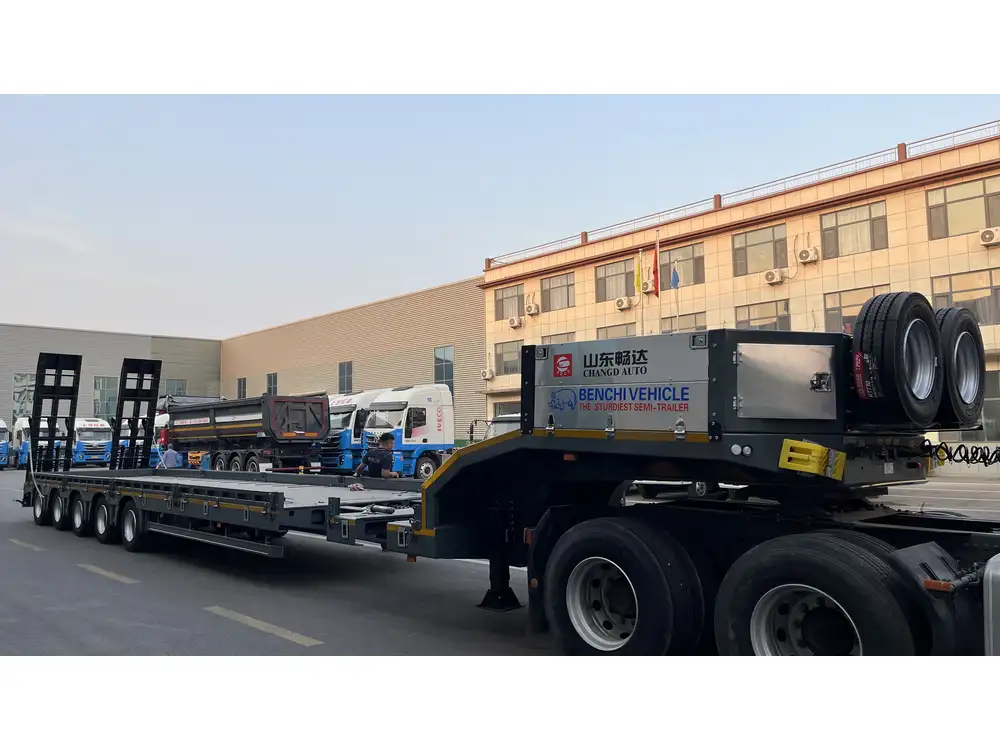
Comparison of Unloading Equipment
| Equipment Type | Features | Benefits |
|---|---|---|
| High-Performance Pumps | Variable speed control, corrosion-resistant | Ensures steady and safe cement flow |
| Flexible Hoses | High durability, kink-resistant | Prevents interruptions and spills |
| Safety Valves | Automatic shut-off, precision control | Enhances safety and prevents overflows |
3. Safety Protocols
Safety is paramount during the unloading process. Adhering to established protocols protects workers, equipment, and the environment.
- Personal Protective Equipment (PPE): Workers must wear appropriate gear, including gloves, helmets, and safety goggles.
- Emergency Procedures: Clear plans should be in place for handling spills, leaks, or equipment failures.
- Ventilation: Proper ventilation prevents the buildup of dust and fumes, ensuring a safe working environment.
Step-by-Step Unloading Process
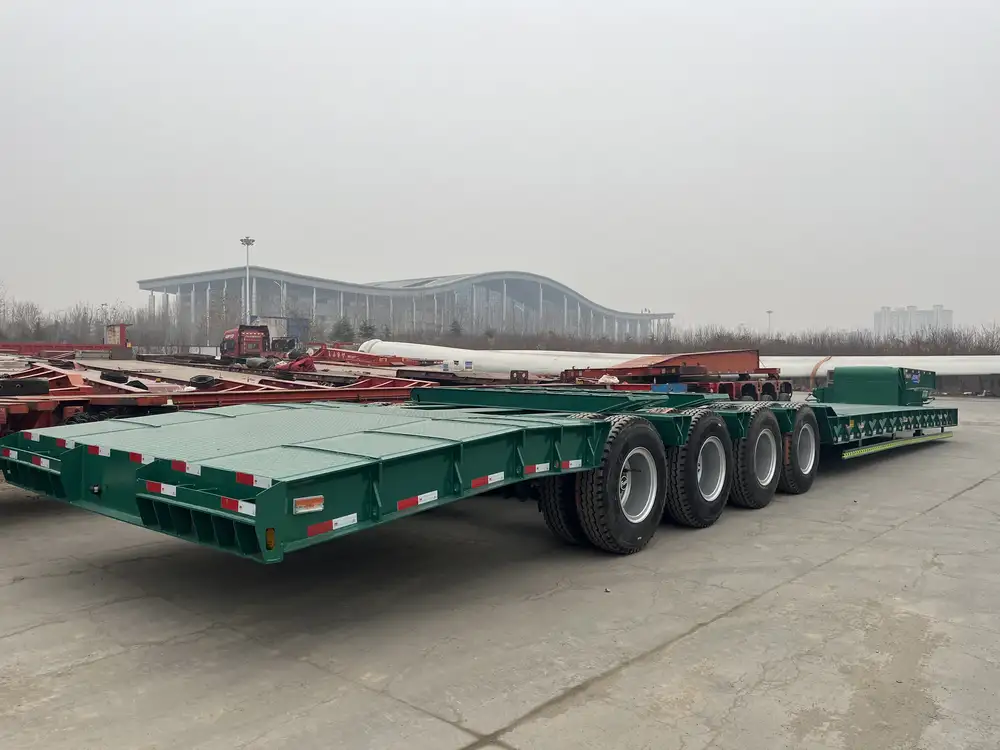
Step 1: Positioning the Tanker
Accurate positioning of the tanker is the foundation of a successful unloading process. The tanker should be aligned precisely with the unloading point to facilitate a smooth transfer of cement.
- Level Ground: Ensure the tanker is on stable, level ground to prevent tipping or shifting during unloading.
- Secure Connections: Use secure clamps and fittings to connect hoses, minimizing the risk of disconnection or leakage.
Step 2: Initiating the Unloading
Once the tanker is correctly positioned:
- Open Valves Carefully: Gradually open the discharge valves to allow cement to flow without causing sudden pressure changes.
- Monitor Flow Rates: Use flow meters to regulate and monitor the rate at which cement is being unloaded, preventing overflows.
Step 3: Managing Cement Flow
Maintaining control over the cement flow is essential for preventing spillage and ensuring efficient transfer.
- Pump Control: Adjust the unloading pump speed to match the storage capacity, ensuring a balance between flow rate and storage.
- Continuous Monitoring: Keep an eye on all indicators and gauges to detect any anomalies promptly.
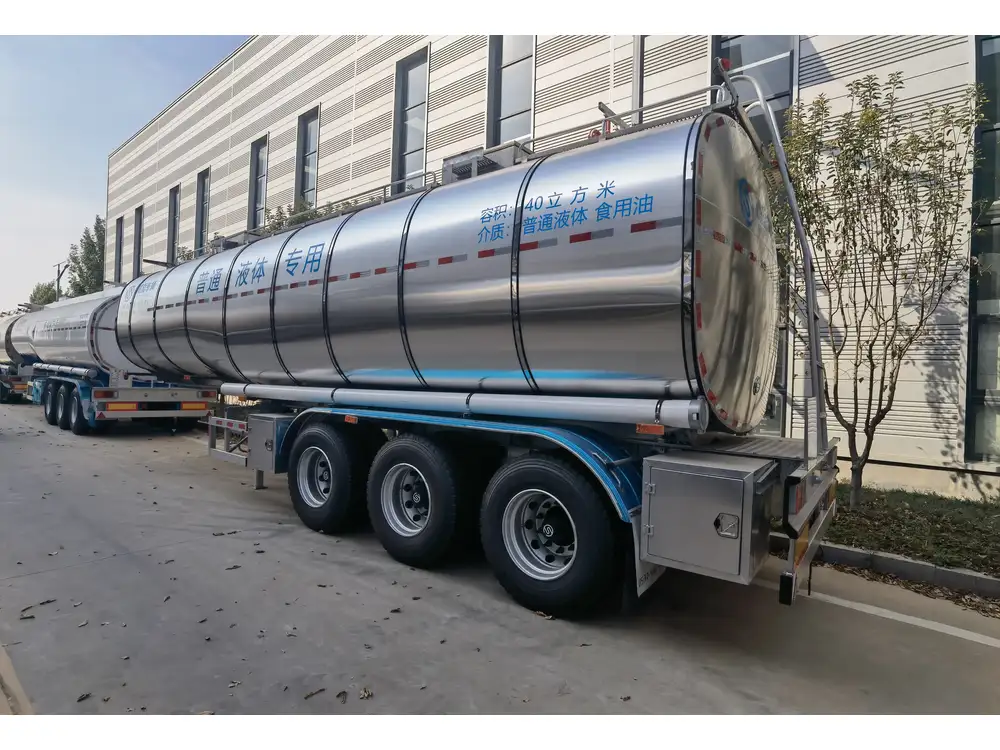
Step 4: Completing the Unloading
As the tanker nears empty:
- Gradual Reduction: Slowly reduce the pump speed to taper off the cement flow, minimizing residual cement in the tanker.
- Final Checks: Inspect hoses and connections for any remaining cement, ensuring complete transfer and cleanliness.
Common Challenges and Solutions
Preventing Cement Spillage
Challenges:
- Hoses disconnecting
- Overflows due to high flow rates
Solutions:
- Utilize high-quality, secure hose connections
- Implement flow rate controls and safety valves
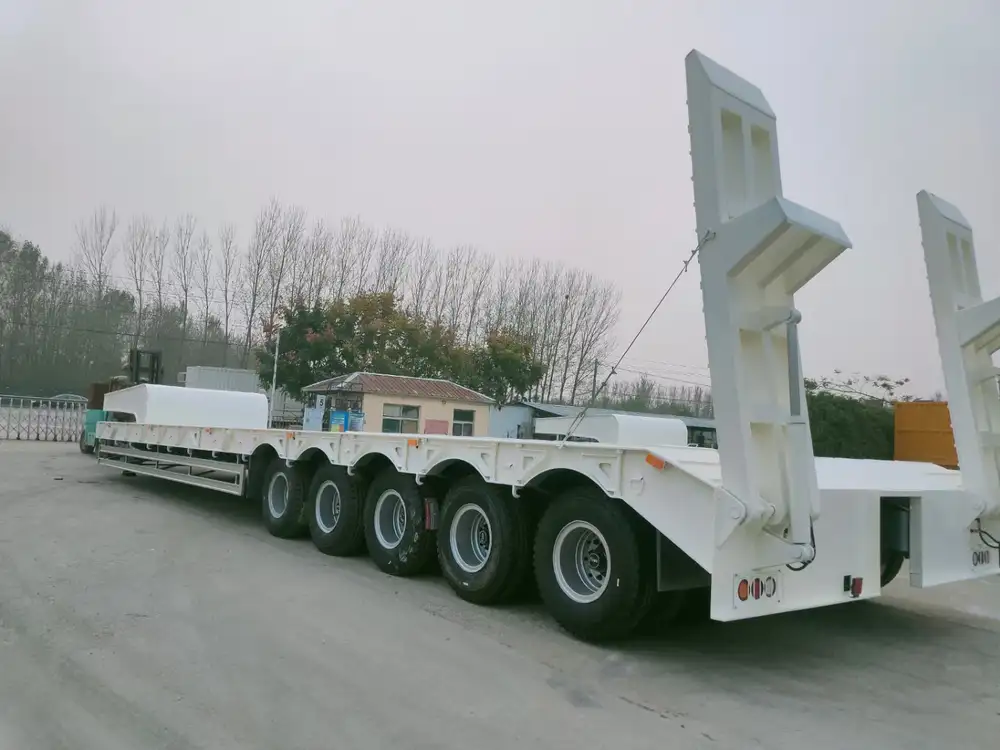
Managing Cement Quality
Challenges:
- Contamination from impurities
- Temperature fluctuations affecting cement properties
Solutions:
- Ensure tanker cleanliness before unloading
- Use temperature-controlled storage facilities
Enhancing Efficiency
Challenges:
- Mechanical failures causing delays
- Insufficient training of personnel
Solutions:
- Regular maintenance of unloading equipment
- Comprehensive training programs for workers
Advanced Technologies in Cement Unloading
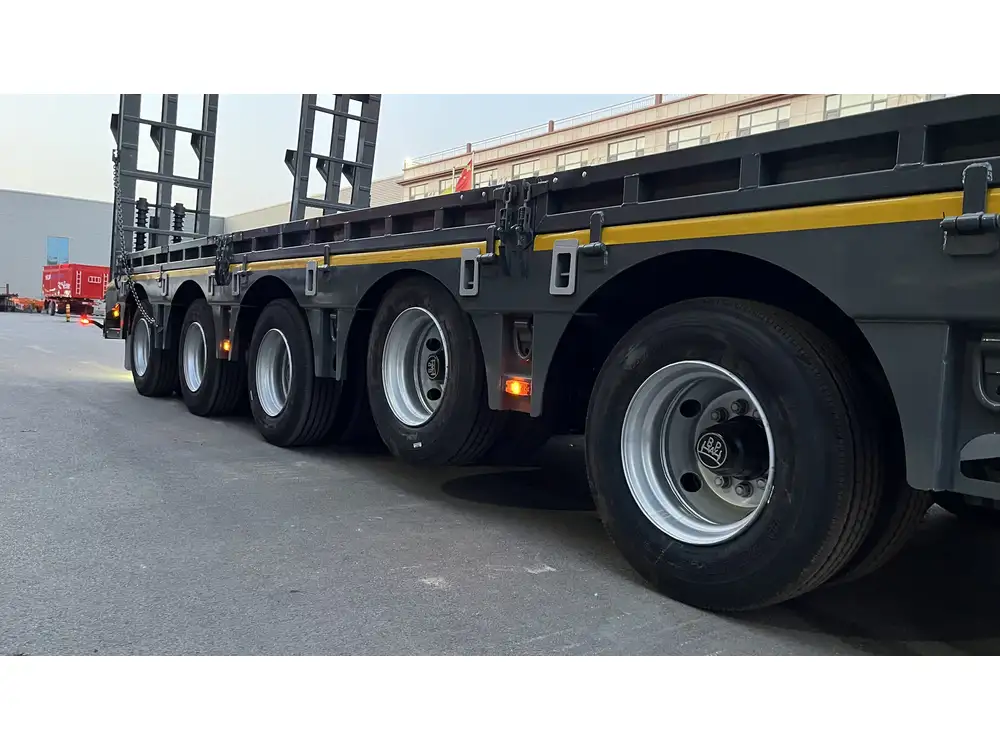
Automated Unloading Systems
Automation significantly enhances the unloading process by reducing human error and increasing precision.
- Automated Valves: These can adjust flow rates dynamically based on real-time data.
- Sensors and Monitoring: Integrated sensors provide continuous feedback on flow rates, tank levels, and equipment status.
Remote Monitoring and Control
Modern unloading systems offer remote monitoring capabilities, allowing operators to manage the process from a centralized control room.
- Real-Time Data: Access to live data improves decision-making and response times.
- Predictive Maintenance: Analytics can predict equipment failures before they occur, minimizing downtime.
Sustainable Practices
Incorporating sustainable practices in unloading operations not only benefits the environment but also reduces operational costs.
- Dust Suppression Systems: These reduce airborne particles, contributing to cleaner air and complying with environmental regulations.
- Energy-Efficient Equipment: Utilizing energy-efficient pumps and motors lowers energy consumption and operational costs.
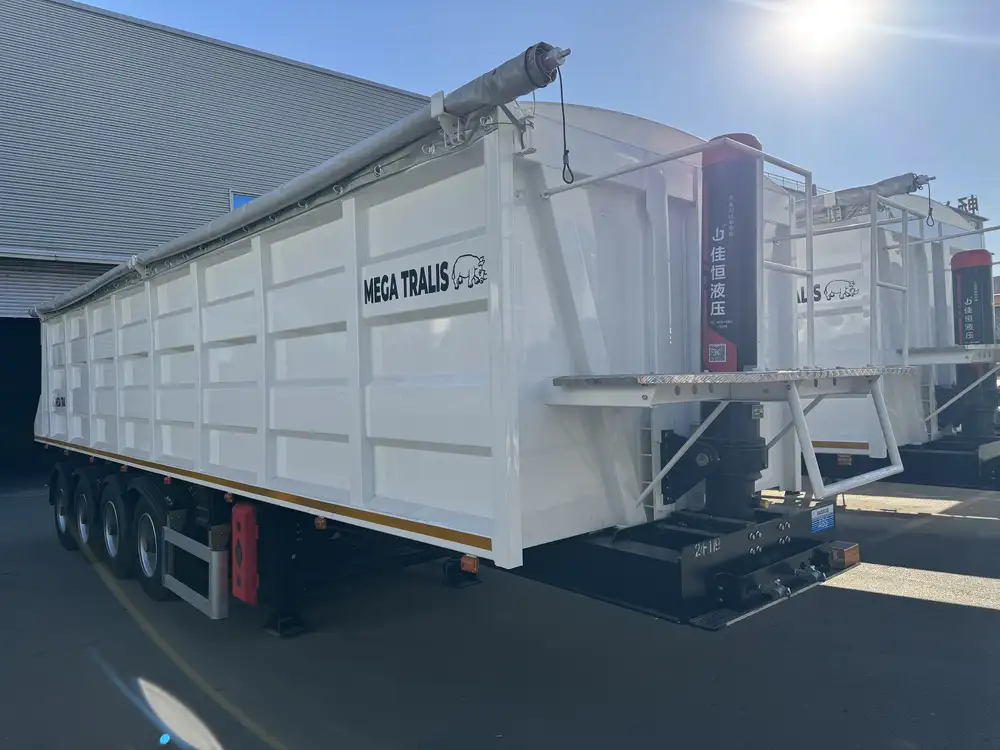
Benefits of Choosing CarMax Vehicle for Cement Tanker Unloading
At CarMax Vehicle, our focus is on delivering top-notch unloading solutions tailored to your specific needs. Here’s why our clients trust us:
Superior Quality Equipment
Our CarMax Trailer systems are engineered with the highest quality standards, ensuring durability and reliability in all unloading scenarios.
Customized Solutions
We understand that each project has unique requirements. Our team works closely with clients to design and implement unloading systems that perfectly align with their operational needs.
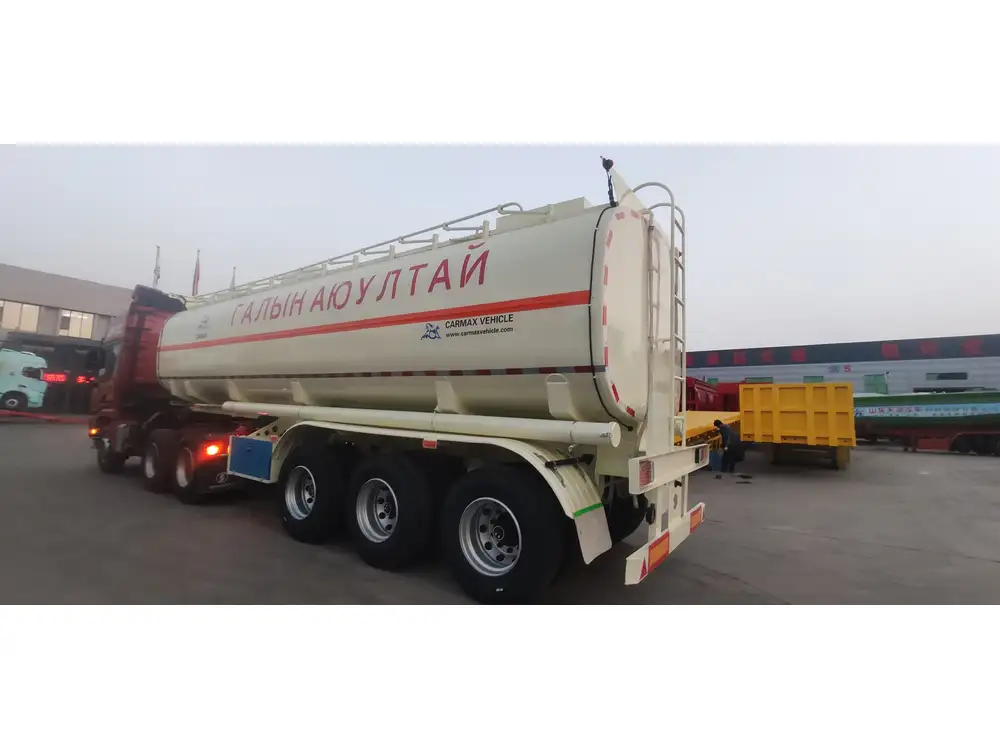
Comprehensive Support
From initial consultation to ongoing maintenance, we provide comprehensive support to ensure your unloading processes run smoothly and efficiently.
Commitment to Safety
Safety is ingrained in our operations. Our equipment and protocols are designed to protect your workforce and minimize risks during the unloading process.
Best Practices for Efficient Unloading

Regular Maintenance of Equipment
Scheduled maintenance prevents unexpected breakdowns and extends the lifespan of your unloading machinery.
- Inspection Routines: Implement routine inspections to identify and address wear and tear.
- Timely Repairs: Address any issues promptly to avoid disruptions in the unloading process.
Training and Development
Empowering your workforce with the right skills enhances the efficiency and safety of the unloading operations.
- Comprehensive Training Programs: Offer training that covers equipment operation, safety protocols, and emergency procedures.
- Ongoing Education: Keep your team updated with the latest industry practices and technological advancements.
Optimization of Unloading Processes
Continuously evaluate and refine your unloading processes to maximize efficiency and reduce costs.
- Process Mapping: Analyze each step of the unloading process to identify bottlenecks and areas for improvement.
- Lean Practices: Implement lean methodologies to eliminate waste and streamline operations.
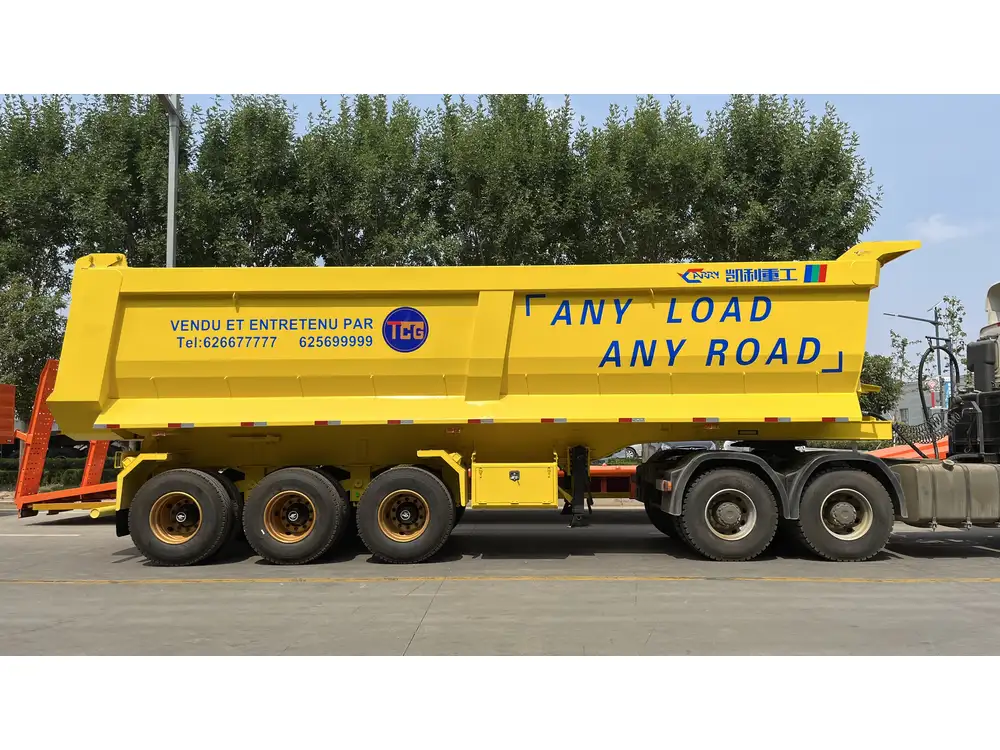
Ensuring Compliance with Regulations
Adhering to industry regulations and standards is crucial for legal compliance and the safety of your operations.
Key Regulatory Standards
- OSHA Regulations: Comply with Occupational Safety and Health Administration (OSHA) standards to ensure workplace safety.
- Environmental Regulations: Adhere to environmental laws that govern emissions, waste management, and material handling.
Implementing Compliance Measures
- Regular Audits: Conduct regular audits to ensure all aspects of the unloading process meet regulatory requirements.
- Documentation and Reporting: Maintain thorough records of all procedures, inspections, and compliance efforts.
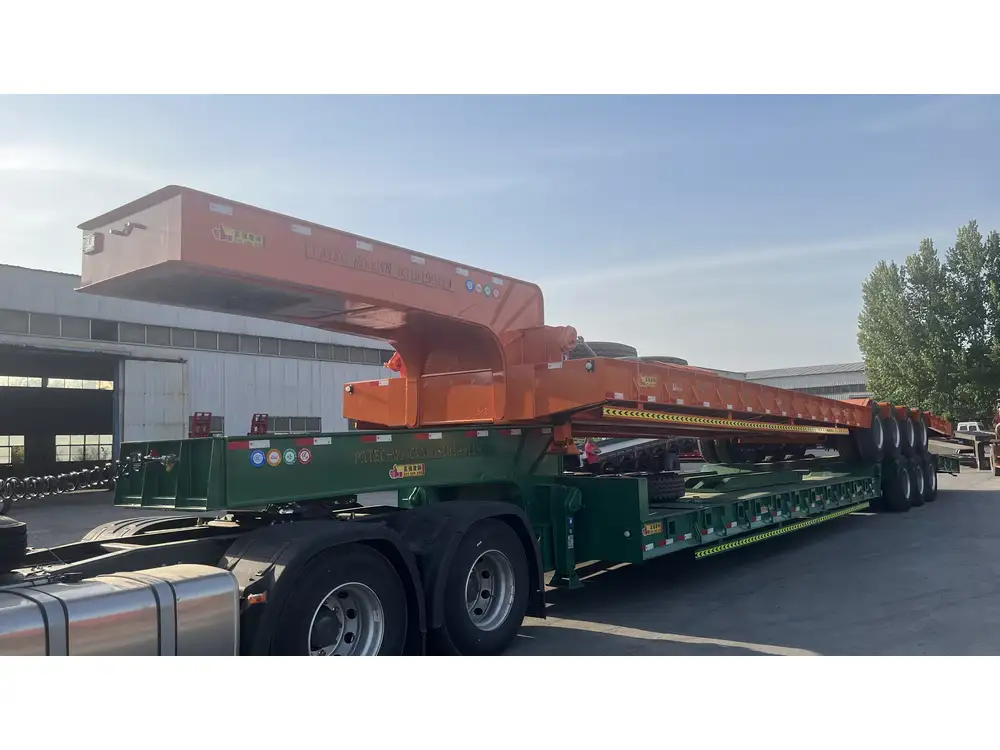
Case Study: Streamlining Unloading Operations with CarMax Trailer
Background
A large construction firm faced challenges with inconsistent unloading speeds and frequent equipment failures, leading to project delays and increased costs.
Solution
CarMax Vehicle deployed our CarMax Trailer unloading system, integrating automated valves and real-time monitoring sensors.
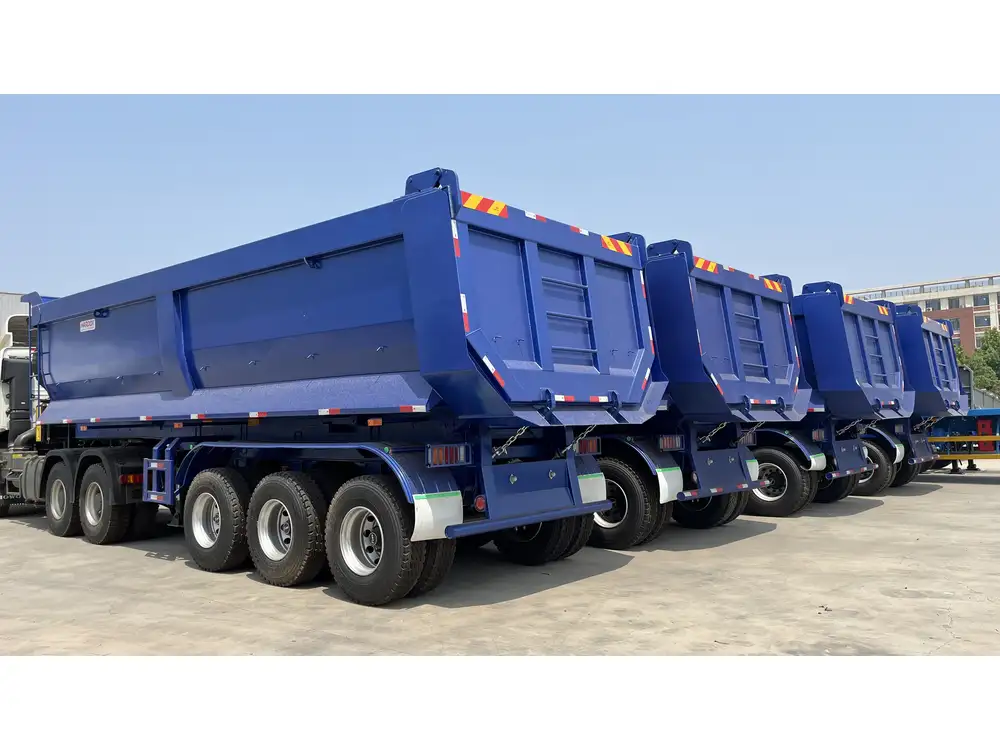
Results
- Increased Efficiency: Unloading times were reduced by 30%, significantly accelerating project timelines.
- Enhanced Reliability: Equipment failures decreased by 40%, ensuring smoother operations.
- Cost Savings: Reduced downtime and waste led to substantial cost savings for the client.
Future Trends in Cement Tanker Unloading
Integration of IoT and AI
The Internet of Things (IoT) and Artificial Intelligence (AI) are revolutionizing unloading processes by enabling smarter, more adaptive systems.
- Predictive Analytics: AI can anticipate maintenance needs and optimize unloading schedules.
- Smart Sensors: IoT-enabled sensors provide real-time data for better decision-making and process control.
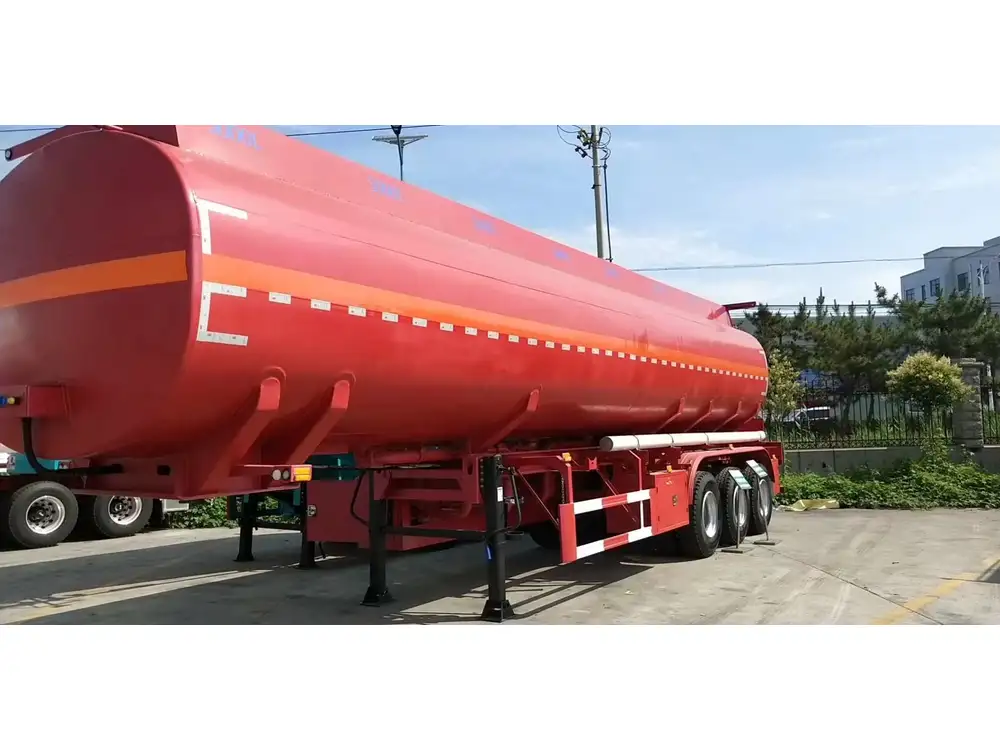
Sustainable Innovations
The push towards sustainability is shaping the future of unloading operations with eco-friendly technologies and practices.
- Renewable Energy Integration: Utilizing solar or wind power to run unloading equipment reduces carbon footprints.
- Recyclable Materials: Developing hoses and connectors from recyclable materials contributes to environmental conservation.
Enhanced Automation
Advancements in robotics and automation will continue to enhance the precision and efficiency of unloading operations.
- Robotic Arms: Automated robotic arms can handle precise hose connections and adjustments.
- Autonomous Vehicles: Self-driving tanker trucks can synchronize with unloading systems for seamless material transfer.
Conclusion
Efficiently unloading cement tankers is a complex yet critical component of construction and logistics operations. By leveraging advanced equipment, adhering to safety protocols, and embracing innovative technologies, businesses can optimize their unloading processes, reduce costs, and enhance overall productivity. At CarMax Vehicle, we are committed to providing cutting-edge solutions that meet the evolving needs of the industry, ensuring our clients achieve excellence in every project.
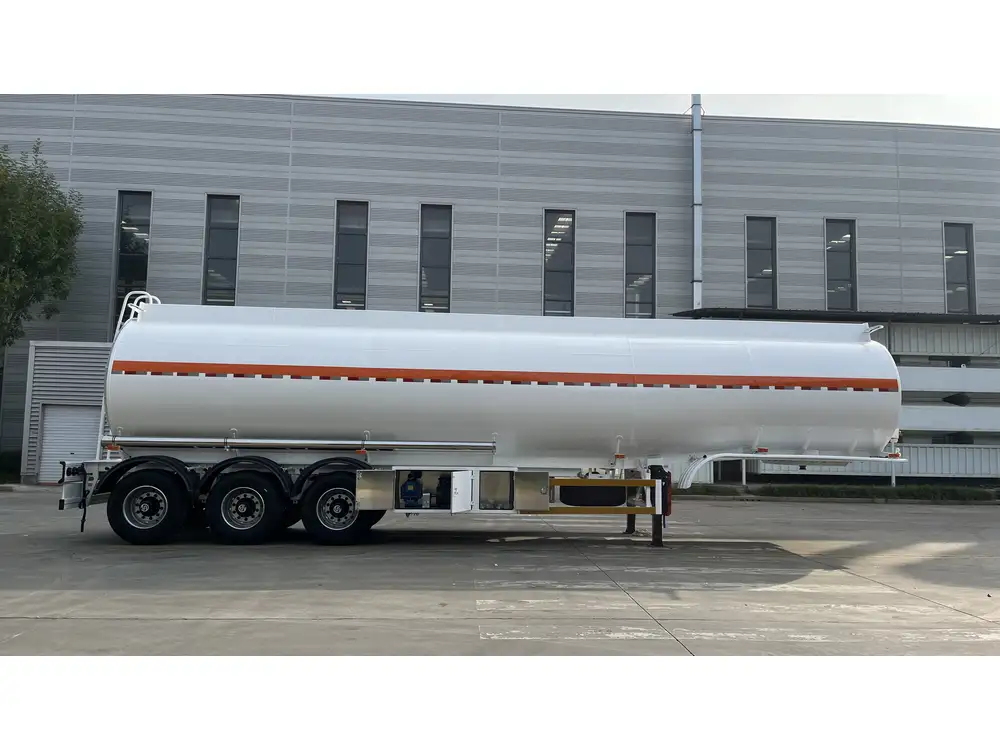
Frequently Asked Questions
1. What are the key safety measures to consider when unloading cement tankers?
Ensuring safety during the unloading process involves wearing appropriate PPE, conducting thorough site and equipment inspections, implementing proper ventilation, and having clear emergency procedures in place to handle spills or equipment failures.
2. How can automated unloading systems improve efficiency?
Automated systems enhance efficiency by reducing human error, maintaining consistent flow rates, providing real-time monitoring, and enabling predictive maintenance. This leads to faster unloading times, fewer interruptions, and overall smoother operations.

3. What maintenance practices are essential for unloading equipment?
Regular inspections, timely repairs, lubrication of moving parts, and keeping equipment clean are vital maintenance practices. Scheduled maintenance prevents unexpected breakdowns and extends the lifespan of unloading machinery.
4. How does CarMax Vehicle ensure the quality of its unloading solutions?
We design our CarMax Trailer systems with high-quality materials and advanced engineering, conduct rigorous testing, offer customized solutions to meet specific client needs, and provide comprehensive support and maintenance services to ensure optimal performance.
5. What are the environmental benefits of using modern unloading technologies?
Modern unloading technologies incorporate dust suppression systems, energy-efficient equipment, and sustainable materials, reducing emissions, conserving energy, and minimizing environmental impact. These technologies help businesses comply with environmental regulations and promote eco-friendly operations.



